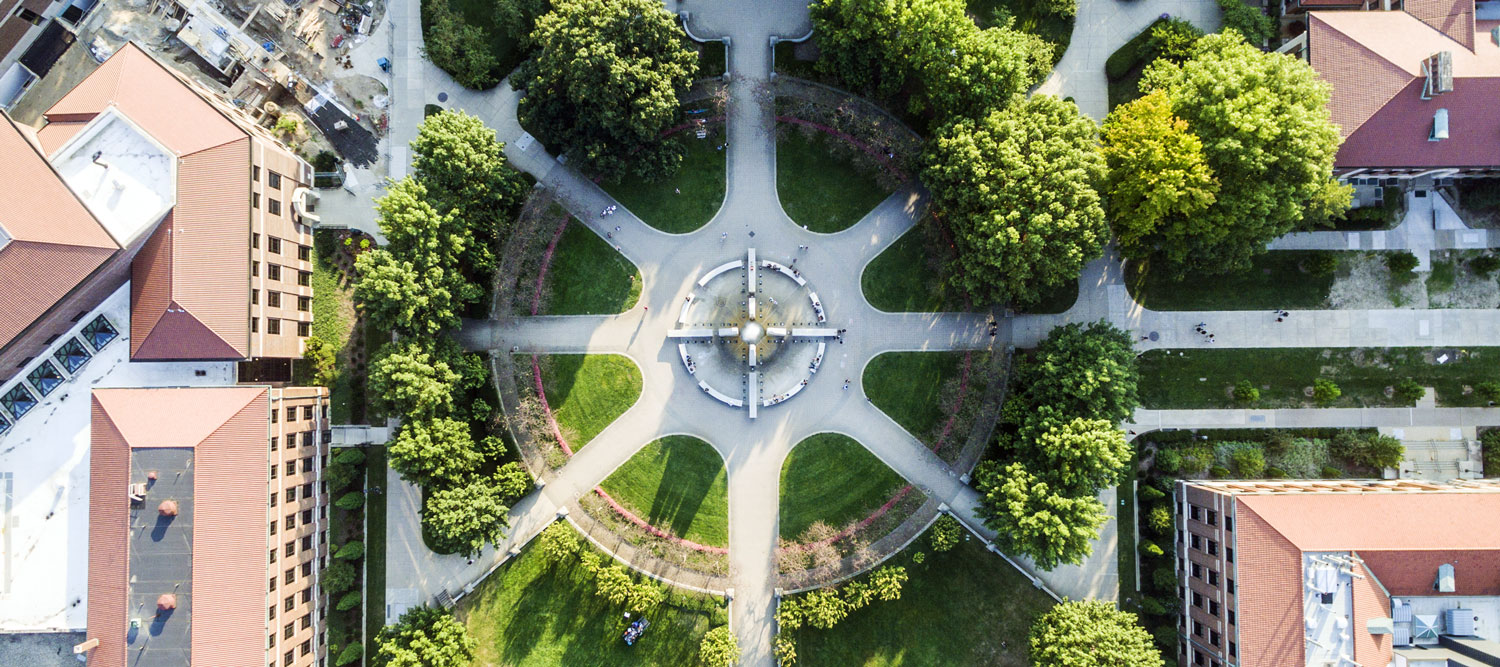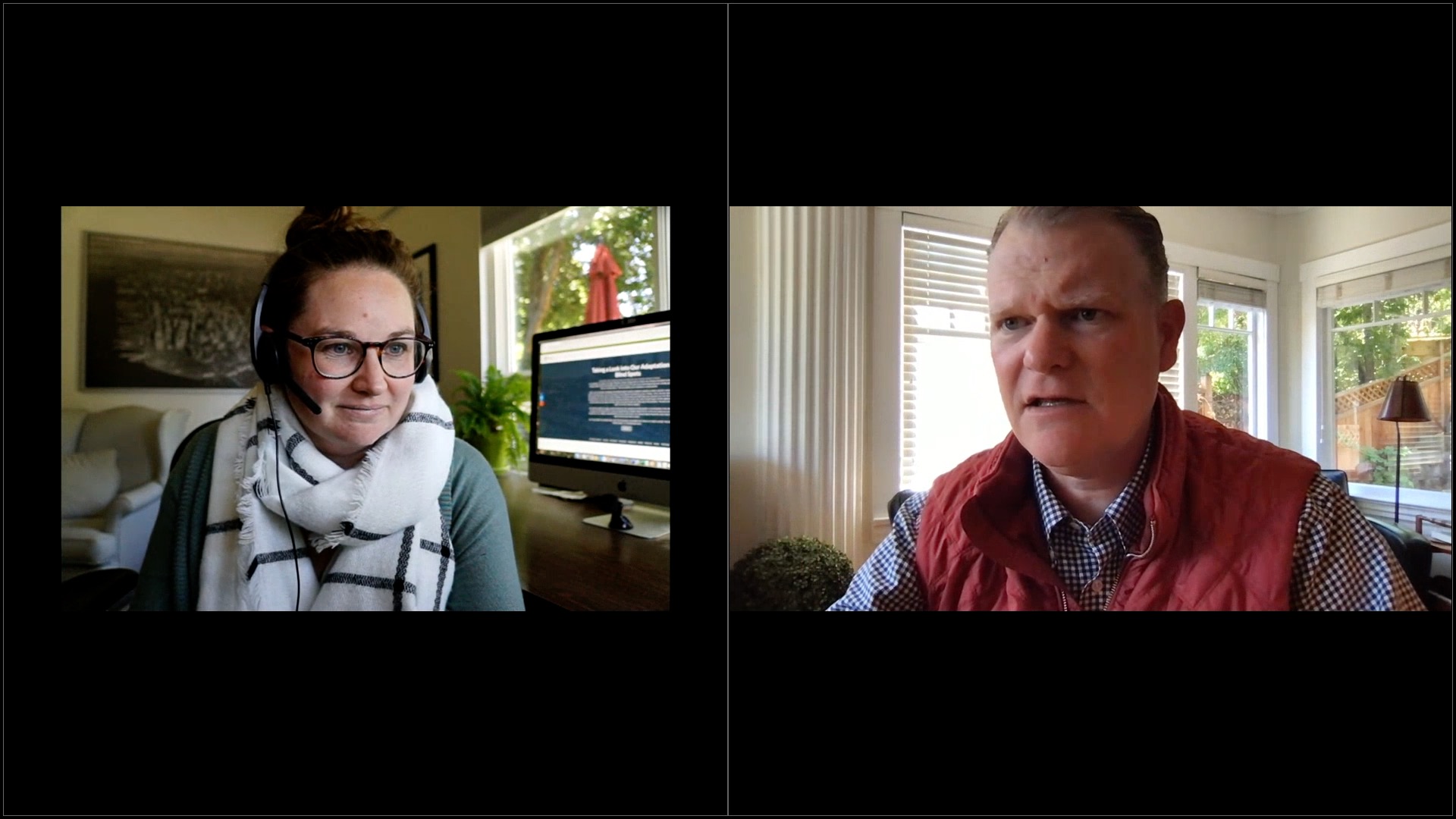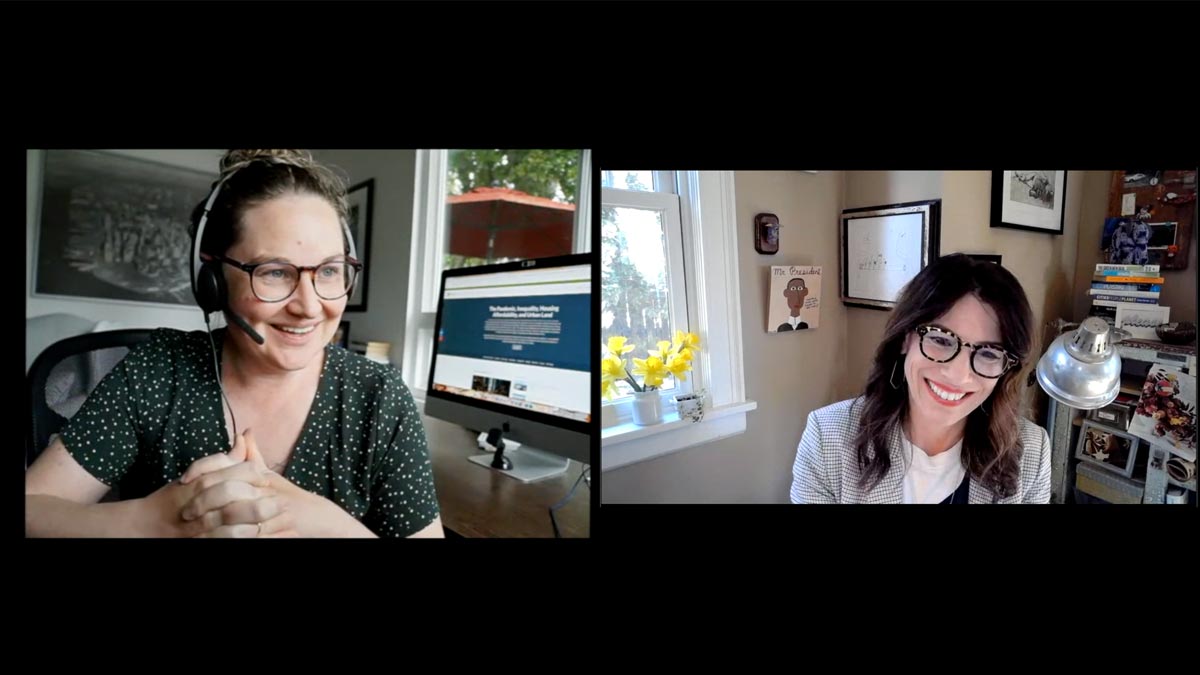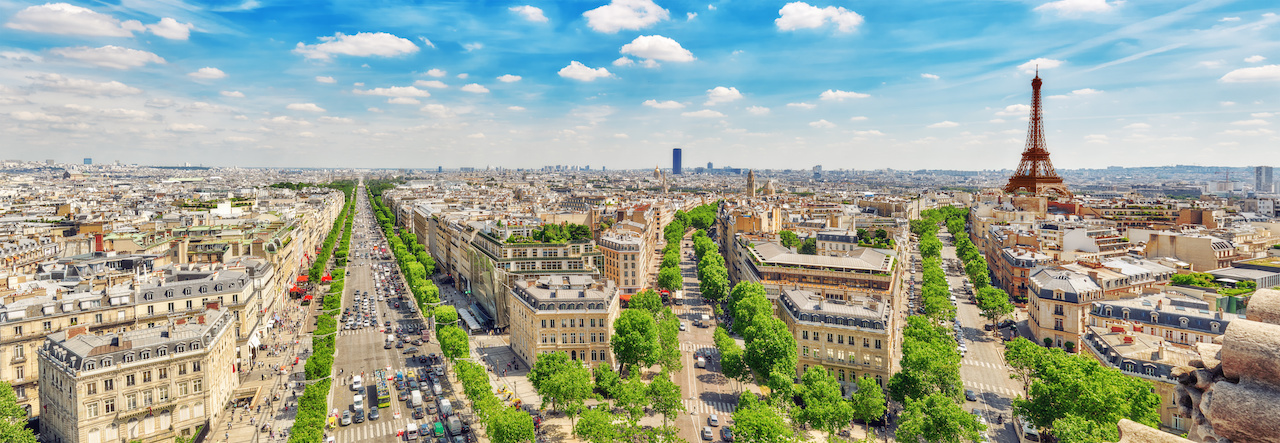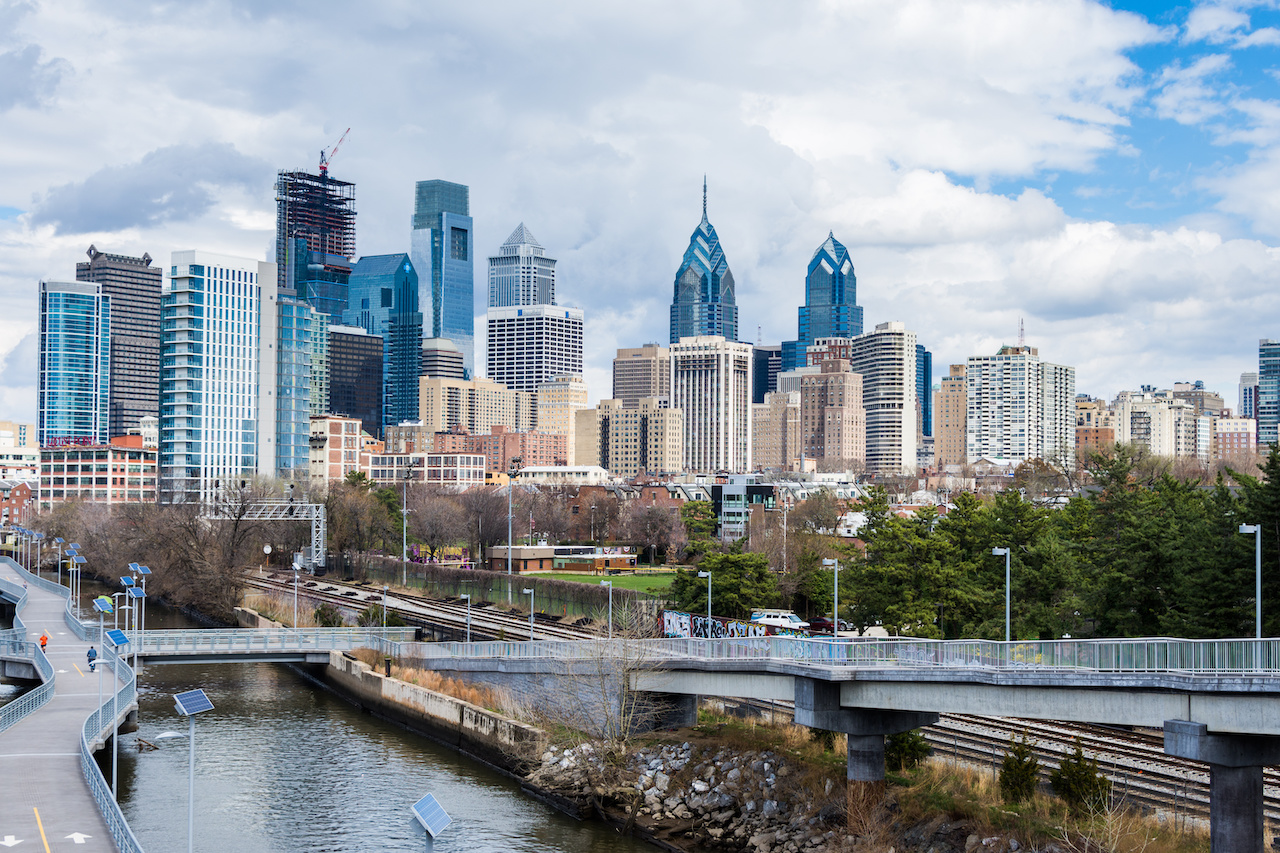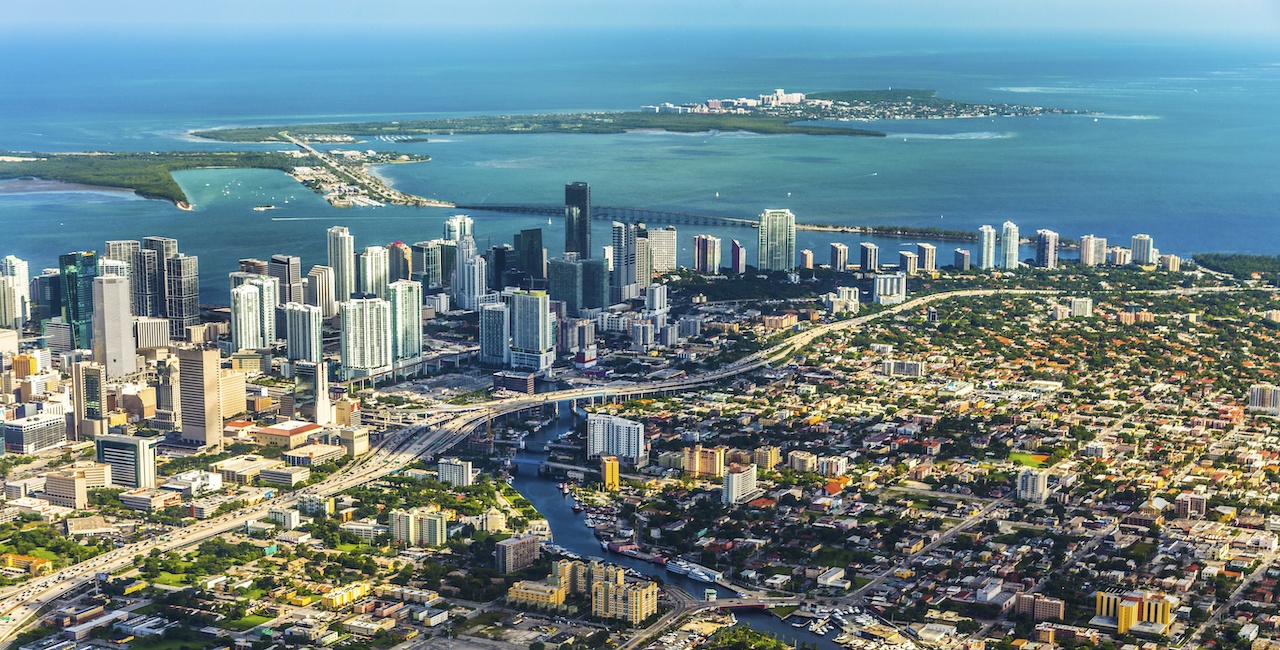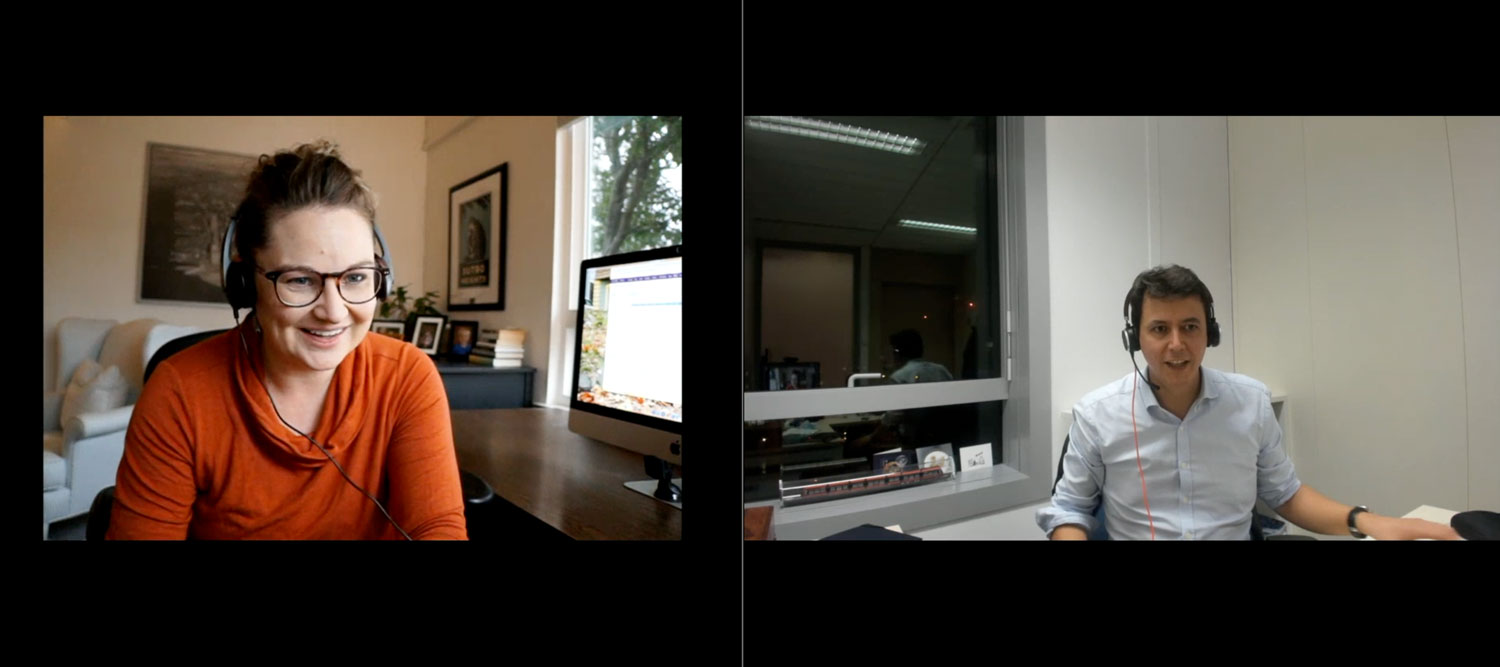Technology
A broad category of content focused on technology in cities.
Examples: IoT, privacy, software, hardware, innovation, connectivity
Middle-Mile Networks: The Middleman of Internet Connectivity
The development of public, open-access middle mile infrastructure can expand internet networks closer to unserved and underserved communities while offering equal opportunity for ISPs to link cost effectively to last mile infrastructure. This strategy would connect more Americans to high-speed internet while also driving down prices by increasing competition among local ISPs.
In addition to potentially helping narrow the digital divide, middle mile infrastructure would also provide backup options for networks if one connection pathway fails, and it would help support regional economic development by connecting businesses.
Digitally Connected Campuses Offer Enhanced Experiences
Following such a tumultuous school year where change was the only constant, perhaps there is no greater opportunity for colleges and universities to reimagine their campuses than there is today. To stay relevant in today’s increasingly competitive educational marketplace, schools must embrace the smart technologies that will enhance the collegiate experience and ensure seamless operations regardless of the next crises. By being proactive and planning now, schools can install the robust communications backbone and agile infrastructure necessary to support emerging technologies and create the connected campus of the future.
How Cities Are Preparing for the Future of Work
Given the rapidly changing “future of work” space and the impact on our cities over the last 15 months, I decided to catch up with Robert Hoyle Brown to get the latest trends and insights on where we are now and where we are headed next.
Their new report “21 Places of the Future” touches on the key drivers for the creation of jobs in relation to place. We discussed how architectural heritage is tied to jobs and place. We also discussed how people matter and the future role of philosophers and ethicists in our data-driven world. Given the recent cyber attacks on US companies, we discussed the role of cybersecurity as a driver for the creation of jobs, including the jobs of cyber attack agent and cyber calamity forecaster. And we discussed the future of virtual workplaces. Here to stay, go, or evolve? Take a look.
Pitching Your Place of the Future to Next Gen Talent
Why one city decays and another thrives can sometimes seem random. So, trying to foresee downrange why the future will happen in City A and not City B is hard. Moreover, to imagine that there is one formula that all 7.8 billion of us should adhere to, wherever it is we live, is clearly nonsensical.
In our work, we study, research, and rank places to determine what the best practices are to increase economic prosperity, social equity, and quality of life. Ultimately, the question we want to answer is: What is it that makes a city a place of the future? In our research, one thing has become clear to us: next-gen talent is the fuel for the future of place. And by extension, jobs of the future will happen in places of the future.
Digital Twins, Geospatial AI Help Bridge the Physical World and Digital World
Digital twins and AI analysis would offer significant benefits to organizations across all sectors. By providing a comprehensive look at a geographical area and its infrastructure and assets, these technologies will enable smarter and more targeted field planning optimization. It could help digitize field surveys, offer new levels of remote engineering access, and enable contact tracing around COVID-19.
The focus will continue to shift away from the data itself and towards its relationships. The connections between data are where the most powerful insights lie. With enough data points, organizations can look to analytics to better understand the context and “see” the future.
AI at scale and emerging data technologies truly illustrate this connectivity and potential. Although it’s an emerging field, the benefits are limitless.
Bleutech Park: Vegas’ New Eco Entertainment Park
I caught up with Steph Stoppenhagen from Black & Veatch the other day about their work on critical infrastructure in Las Vegas. In particular, we talked about the new Bleutech Park project which touts itself as an eco-entertainment park. They are deploying new technologies and materials to integrate water, energy, mobility, housing, and climate-smart solutions as they anticipate full-time residents and park visitors. Hear more from Steph about this new $7.5B high-tech biome in the desert.
Urban Simulation Tech Models Effects of Shared Mobility in Reducing Congestion
Planning for new, shared modes of transit that will rival private vehicles in access and convenience requires a paradigm shift in the planning process. Rather than using traditional methods, we need to capture individual behavior while interacting with the systems in questions. An increasing number of studies show that combining agent-based simulation with activity-based travel demand modeling is a good approach. This approach creates a digital twin of the population of the city, with similar characteristics as their real-world counterparts. These synthetic individuals have activities to perform through the course of the day, and need to make mobility decisions to travel between activity locations. The entire transportation infrastructure of the city is replicated on a virtual platform that simulates real life scenarios. If individual behavior and the governing laws of the digital reality are accurately reproduced, large-scale mobility demand emerges from the bottom-up, reflecting the real-world incidences.
Cross Sectoral Partnerships Can Fight Human Trafficking
Dedicated anti-trafficking actors across the nation are trying to build better systems in big jurisdictions like New York, San Francisco, and Los Angeles, and in smaller but scrappy jurisdictions like Waco, Texas and Boaz, Alabama. They all share the same need, for stronger interconnectedness as an anti-trafficking field, and more collaboration.
The Forging Freedom Portal is a one-stop shop where a police officer planning a victim-centered operation can connect with their law enforcement counterparts, and the right service providers ahead of time, collaborating to make sure they’re planning for the language skills, social services, and legal support that victims may need. The portal is a place where the people who care most about ending human trafficking, who are doing the hard work every day on the ground, can learn from each other and share best practices to raise the collective standard of this work.
Balancing Mobility and Safety at Intersections
Maximizing both the mobility and safety of road users at urban and suburban intersections is of utmost importance to city leaders and citizens today. Trends such as micromobility, connected and automated vehicles, and an explosion of available data, coupled with increasing numbers of bikes and pedestrians on our streets, result in both challenges and opportunities.
The increasing ability to provide intersection connectivity, edge computing and cloud storage, along with growing tool sets, such as Signal Performance Measures (SPM) and advanced video detection, provide new and exciting opportunities to traffic engineers. Possible combinations of Vision Zero intersection solutions, Near-Miss analyses, and the ability to make real-time operating decisions at our intersections can be overwhelming. Still, they must be embraced to ensure public officials are accountable to the traveling public.
Public-Private Collaboration Imperative to Deliver Modern Connectivity
Perhaps nothing has highlighted the critical need for high-speed connectivity more than the COVID-19 pandemic, which has driven entire communities to live, learn and work online. It has also exposed a rapidly widening digital divide in this country that impacts rural, urban, and suburban communities, each with their own unique needs and challenges.
Responsive Government: Virtual Twins Help Cities Respond Quickly to Unexpected Situations
The COVID-19 pandemic underlined the need for fast, intelligent, and sophisticated decision-making in government. Now, as cities, states, regions, and nations look to the future, they are harnessing the power of interactive 3D virtual twins to help them plan, develop, and test strategies to support their recovery and build resilience for meeting future crises.
City Digitization Strategies During the Pandemic
I spoke recently with Jacques Beltran from Dassault Systemes about how the crisis has been an accelerator for cities and public agencies to implement digitization strategies. He’s an experienced public servant now working with cities to address their data needs. He shares some relevant examples of how cities in Europe were lagging one to two months behind what was really occurring on the ground. I am particularly impressed by their work to build a virtual twin of the city’s concert hall to simulate coughing, masks, and other conditions to plan a safe reopening. They found some very surprising findings. They also worked at a regional scale to predict and visualize viral spread to anticipate hospital capacity a month ahead – a key tool for regional officials. The use of virtual twins are extensive for cities.


